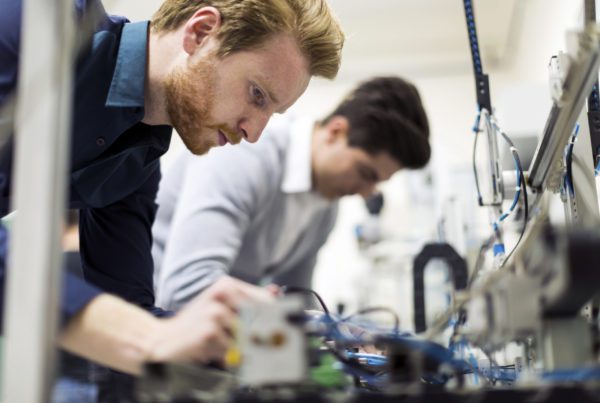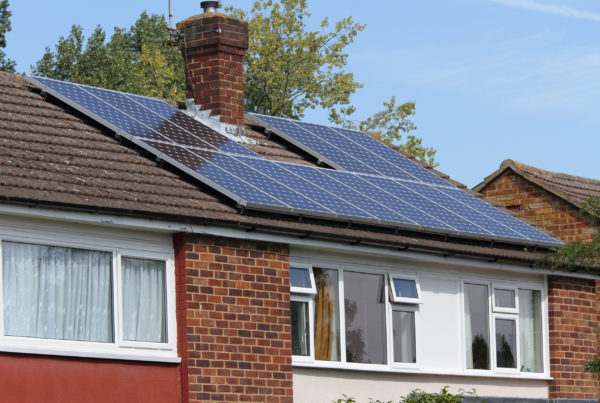
The Most Expensive Utility
In today’s market, many companies are searching for ways to increase profit margins and decrease costs by improving efficiency at their facility. They scrutinize their boilers to try to improve efficiency slightly or install more efficient air conditioning equipment. However, people often look past the most expensive utility for their plant – the compressed air system.
Air compressors typically reject 90% or more of the energy they use as heat. This means less than 10% of that energy is actually going into the compressed air stream. The system efficiency can drop even further if that compressed air is then dried with dryers that use energy with electric heaters or refrigeration systems.
It is important to make sure you get the most out of your compressed air system. Usually, one of the most cost effective ways to do this is to repair leaks.
Parasitic Leaks
Leaks are always the first user of compressed air. It doesn’t matter if you aren’t using any other compressed air, if your compressor is running, it will be feeding the leaks. For some systems, leaks can approach 30% or more of the compressed air demand. A recent project that we evaluated had a total compressed air demand of 233 cubic feet per minute (CFM), 75 CFM of which was attributed to leaks.
A single small leak may only be 1 CFM, but for a system that operates throughout the year, that leak could cost you close to $200. A large leak could be 10 CFM or more. The previously mentioned project saved nearly $18,000 a year in energy and demand costs by repairing 16 leaks. If leak repairs can be made in-house, straight payback periods of less than two months may be achieved.
What about large systems you ask? Leaks can be just as financially crippling on large facilities. A company that operates one of the largest compressed air systems in the country performed a leak repair that we reviewed. If all the 2800 CFM of leaks were repaired, it would have saved them 3.9 million kWh, and 444 kW of demand – a total dollar savings of around $300,000 per year.
Leaks are not always unintentional. We have seen valves purposely left open to use as drains, compressed air used to cool equipment or employees in hot environments, and nozzles blowing compressed air on assembly lines that are shut down. None of these uses are very effective, cost or otherwise, of your plant’s compressed air.
The chart assumes 8760 hours per year, 100 pounds per square inch gauge (PSIG) system, and $0.12 per kWh (average, blended rate including demand charges). Note that energy savings will be greatly impacted by the type of part load control your compressors have. The greatest savings are achieved when you can shut a compressor off.
The Solution
The solution to the leak problem is to make sure you stay vigilant. Inspect your system or have a leak study completed approximately once per year. Make sure that unregulated uses are valved off, that the valves are actually used, zero loss drains are installed, and that low pressure blowers are used whenever possible. Staying on top of your compressed air system is a lot of work, but it will help prevent those profits from leaking away.



